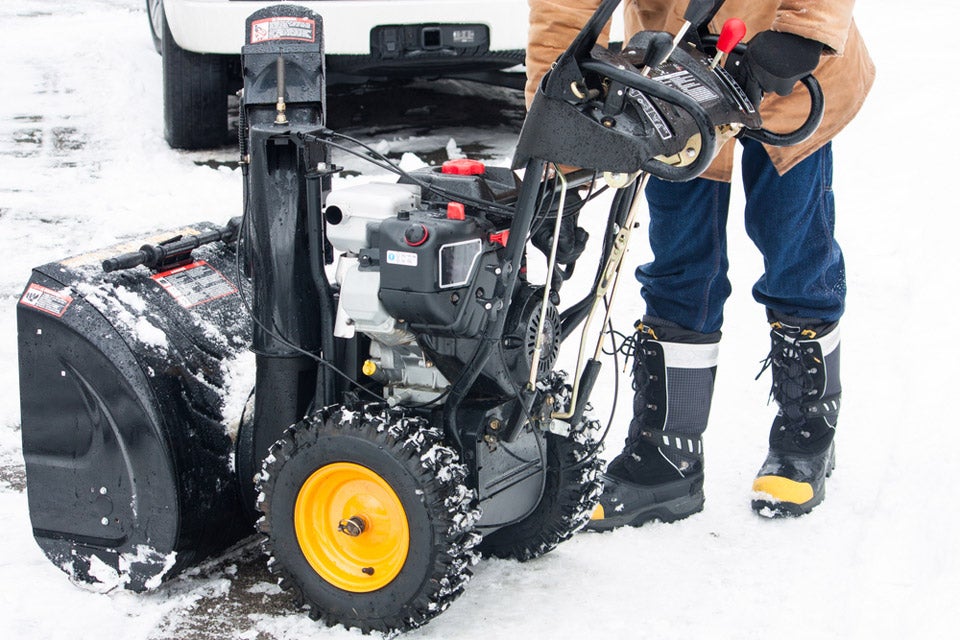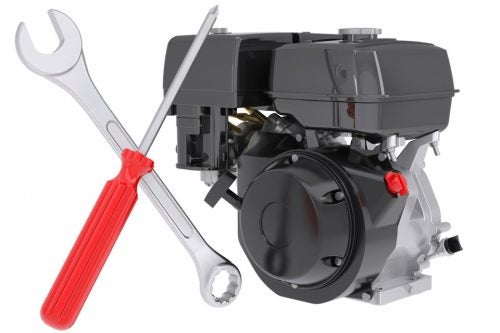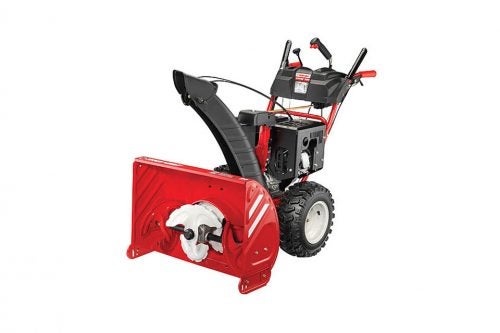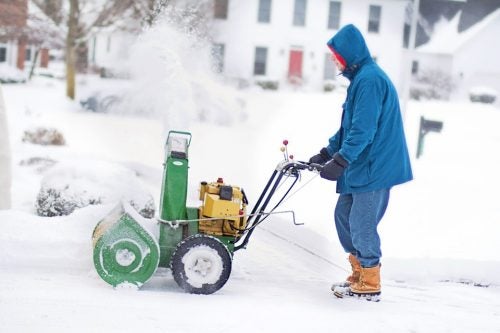Why won’t my snowblower start? We’ve heard this question many times – especially when you are using your snowblower for the first time in months.
Winter is officially here and most of us that are in the northern areas (and quite a few who aren’t) have already seen some snow accumulations this season. This means that many of us have already tried to get the snowblower out. Hopefully it started right up for you, but if it is being temperamental, here’s a troubleshooting guide to getting your snowblower to start.
Combustion engines aren’t all that complicated, especially the relatively simplistic ones used in snowblowers. They all basically need just three simple things to get started – fuel, spark, and compression. Checking to see if you’ve got these isn’t really all that hard.
Fuel
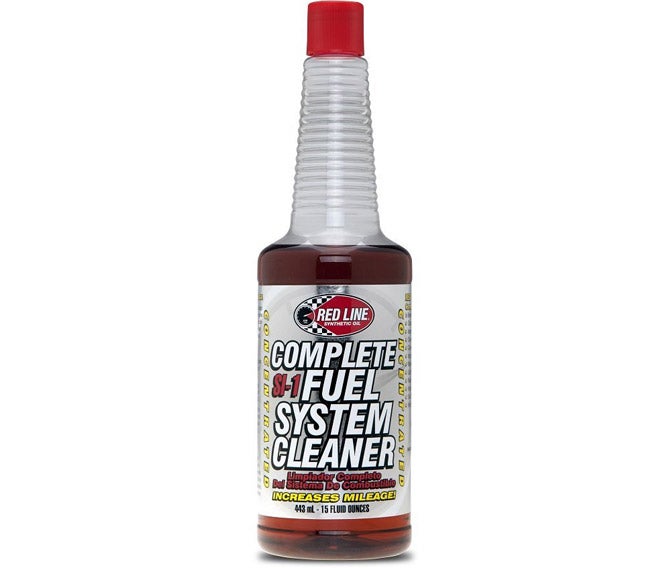
The first thing to check is fuel. If you drained your fuel tank at the end of last season, and hopefully you did, make sure you put gas in it before you try starting it. Doesn’t seem like something you’d forget, but it happens to everyone. Trust me on this.
If you didn’t drain your fuel tank, then hopefully you used a fuel stabilizer before you stored it. Modern gas has a small amount of ethanol in it. While this is normally a good thing, ethanol has a tendency to break down quicker. When it does, it often gums up things like fuel lines and carburetors. Run a fuel cleaner in your first tank of gas to help get the gumming and water out of the system. If the fuel is really gummed up, you might as well replace the fuel line and clean the carburetor.
One way to help keep your fuel lines clear is to add a fuel-line filter. This simple and cheap piece can save you major headaches as it will trap particles that might otherwise gum up the whole works.
Spark
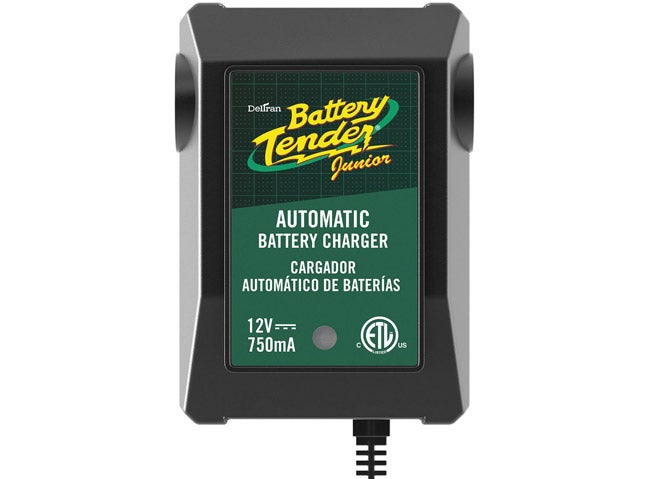
The spark your motor needs comes in a couple of different forms. The first is from your battery if you have electric start. It is not a bad idea to disconnect your battery while you store it, just to keep the battery from draining. A battery tender can keep your battery fresh and lasting longer, too. If the battery is toast, take it to a local shop and have it tested before you buy a new one.
If you’ve got juice, but it still isn’t catching and starting, it is time to check the plug – the spark plug, that is. A new, fresh spark plug is a good idea and it doesn’t cost much. Your current plug should be relatively clean, with a little carbon build-up on it. It is looks blackened, it is definitely time to change it. A simple plug wrench is all you need.

If you have a full battery and a good plug, and still aren’t getting spark, you may have a short, or a bad ignition system. If you’re not comfortable working on either of these issues, it is time to get it to a mechanic.
Compression
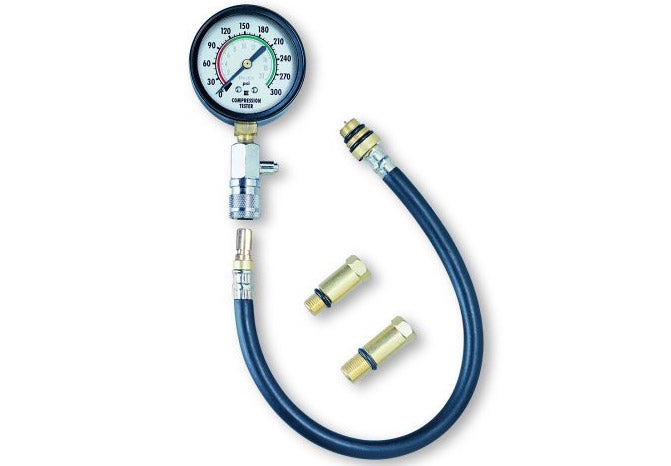
Engine Compression Tester
Compression is the volume displaced by the movement of the piston through its cycle. The compression of the air, mixed with the fuel and the spark creates the explosive force the engine uses for propulsion. If you think you’ve lost compression, there are a few ways to check. If you’ve been around engines a while, you can pull the spark plug and place your thumb over the hole. You then pull the starter rope, or have someone help you. The compression should blow your thumb off the hole. If not, try it a few times and listen for a noticeable hissing sound. This indicates air leaking past the piston. A much easier way to do this is with a simple compression tester. You do need to know the factory recommendations for compression levels for your specific engine, though. If you have low compression, you will need an engine rebuild, so again, a good mechanic is needed if you’re not comfortable doing it yourself.
